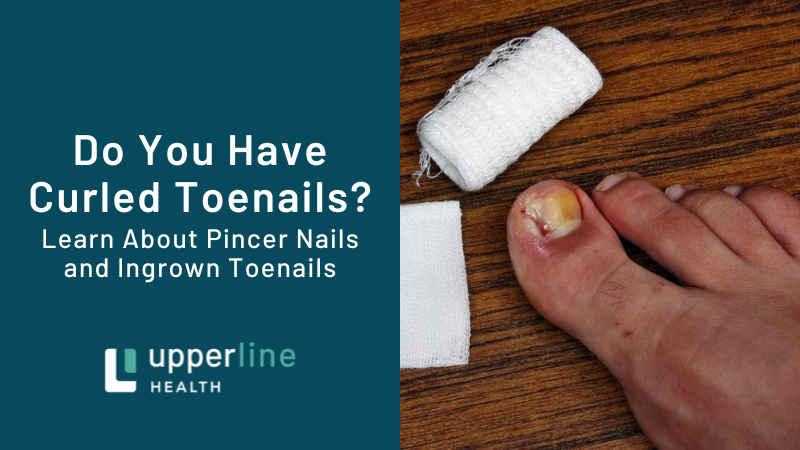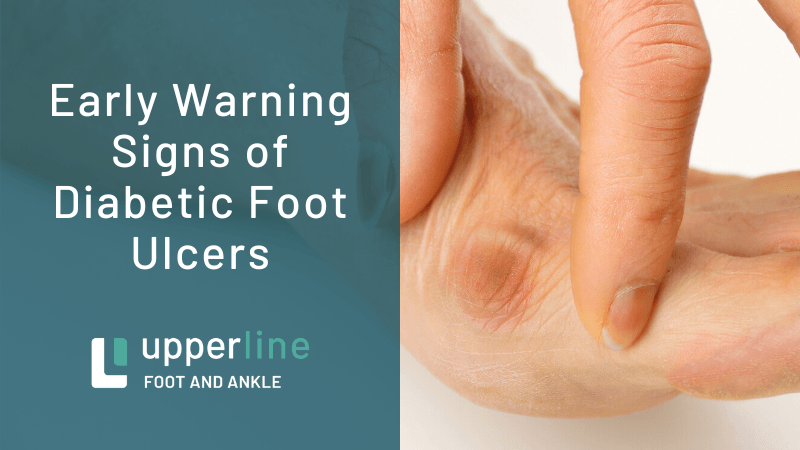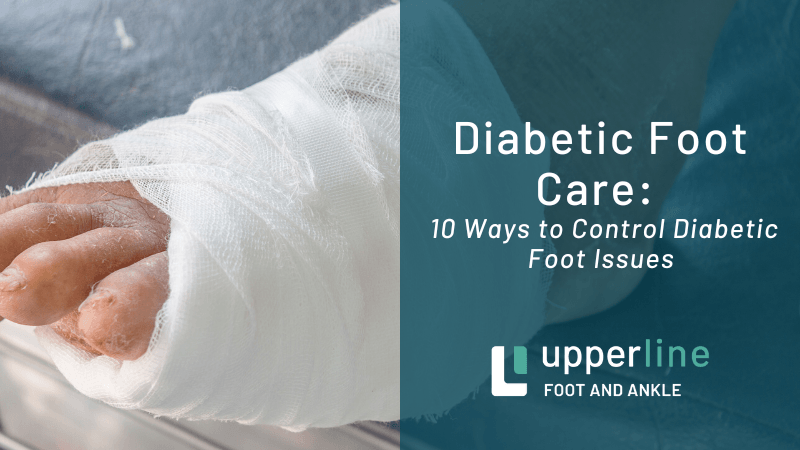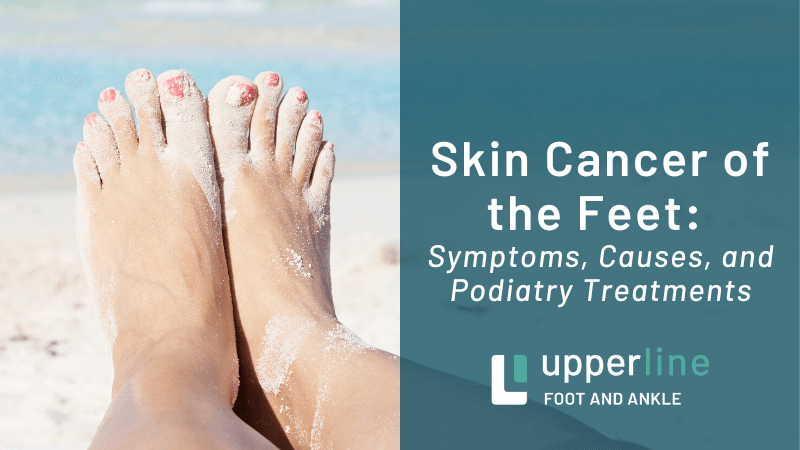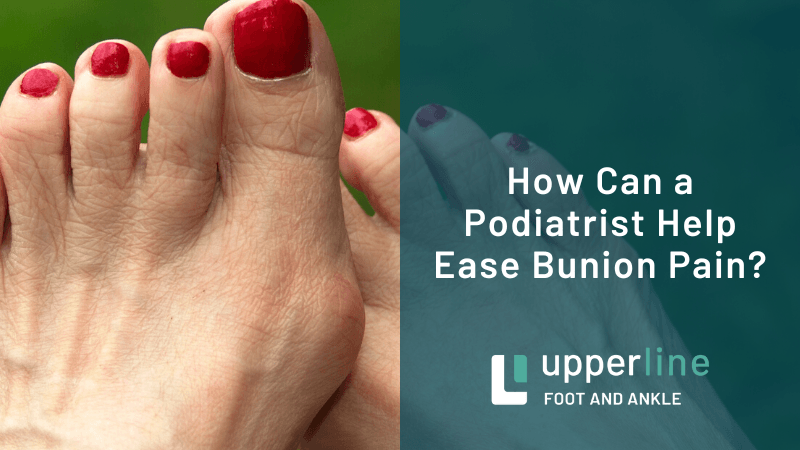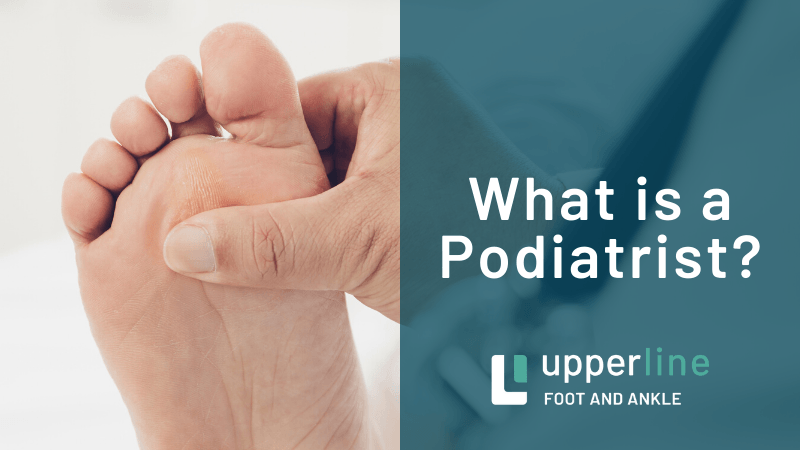Corns and Diabetes: What You Need to Know

Because diabetes can cause poor blood flow and decreased sensation from nerve damage, a lot of diabetics are prone to foot problems. If foot problems are left unchecked, a diabetic patient could require major surgery or even limb amputation.
You need to manage your blood sugar levels and check your feet for sores regularly so you can catch them and get treated by a podiatrist. One problem that you should be aware of is corns. Read on to learn more about this condition.
Aren't Corns Just Harmless Calluses?
Calluses and corns are thickened areas of skin that form in a response to repetitive pressure or friction. Your body develops corns and calluses in order to prevent blisters, which are small pockets of pus, lymph, blood, or other bodily fluids.
While calluses and corns are similar, they have some key differences. Calluses are usually larger, and they typically aren't painful. Corns, on the other hand, can cause pain if pressure is placed on them. Corns are smaller and harder than calluses, so you may feel like you are walking on a pebble.
What if a Diabetic Doesn't Treat Corns?
Besides discomfort, untreated corns can ulcerate and become infected. Because diabetes causes a decreased delivery of oxygen to the lower legs and feet, these infected sores may not heal properly.
Severely infected corns can cause gangrene, or tissue death due to the absence of blood circulation. This bacterial infection could even require amputation.
You need to check your feet for corns because, while they usually cause noticeable discomfort, some patients may not notice them because of peripheral neuropathy.
Peripheral neuropathy causes damage to the peripheral nerves, meaning that you may not perceive feeling in your feet if they are injured. If you can't feel a corn between your toes or on the soles of your feet, you could develop a skin infection without knowing it.
How Can You Prevent Corns from Forming?
While you should be checking your feet periodically for injuries, don't forget to assess your footwear. Corns are mainly caused by shoes that don't fit well and rub your skin raw. Have a podiatrist fit you with orthotic shoe inserts and properly fitting shoes.
All insurance carriers, including Medicare, cover one pair of extra depth shoes per calendar year. Come visit us for the proper paperwork and fitting.
You can prevent corns by dealing with any hammer toes or bunions that you might have. These conditions cause toe joints to swell and bend abnormally, thus placing extra friction on your toes when you wear shoes. Again, a change in footwear could possibly fix these types of issues.
For more severe hammer toe/bunion cases, a podiatrist may recommend splints or surgeries to reduce swelling and joint abnormalities. In short, once these root problems are fixed, you won't have to deal with corns on your toes.
How Can Your Podiatrist Remove a Corn?
A podiatrist could also use local anesthetic and a scalpel blade to pare down corns that have really built up. You will feel more comfortable wearing your shoes since this extra skin won't cause undue pressure.
Instead of a scalpel, some podiatrists may opt for a chemical treatments — similar to wart removal — that use salicylic acid to break down the corn until it sloughs of on its own.
Some podiatrists might use a laser to remove your corns. The light beam from the laser is absorbed in the superficial layers of skin and will slough off the affected skin cells of your corns.
Many corns are the result of pressure from a boney prominence. Come visit our office to determine the cause of your painful corn and options for improvement.
Lastly, if a corn becomes ulcerated, your doctor can safely drain it and prescribe antibiotics to eliminate the infection.
Contact us today at Upperline Health California, to learn more corns, foot care, and how they relate to your diabetes.

